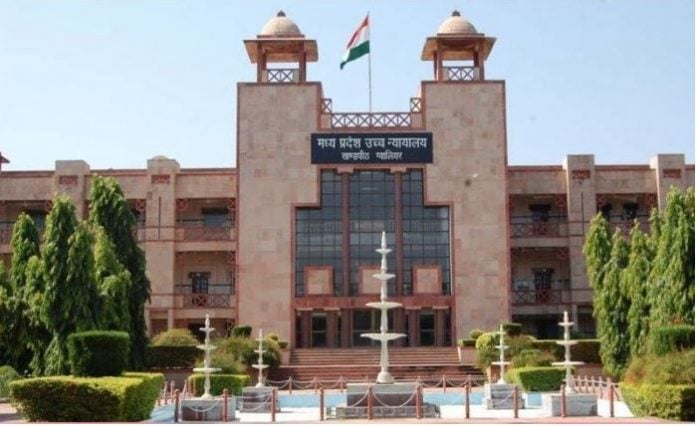The Archaeological Survey of India (ASI)survey report on the Bhojshala-Kamal Maula mosque complex has concluded that the mosque was constructed using parts from earlier temples.
In the report submitted to the Madhya Pradesh High Court, the ASI said the existing structure can be dated to the period of the Paramara dynasty. The conclusion was arrived at after scientific investigations and study of the archaeological remains found during the investigation.
The report said the colonnades of the mosque set over the basalt platform were comprised of bits and pieces from earlier temples, especially the pilasters and the decorated pillars. Further, for use in the mosque, the figurines of humans and deities engraved on them were found to be defaced or mutilated. The existing structure has over 100 pillars and 82 pilasters.
The changes to pillars was visible on several portions of the structure, including along the colonnades on the east and the west, as well as the point of entry to the southeast cell. Inscriptions in Prakrit and Sanskrit have also been found on the structure underlining its importance.
Located in the Dhar district of the state, the 11th-century Bhojshala Complex has been a subject of debate for decades. The 11th-century monument is considered a temple dedicated to Vagdevi, Goddess Saraswati, by Hindus, Muslims regard it as the Kamal Maula mosque.
The ASI report also noted the undamaged small figures of deities that are well-preserved along the colonnade to the west as well as an inscription that mentions Paramara dynasty’s King Naravarman, who ruled between 1094-1133 AD.
The report has listed the discovery of almost 100 sculptures, their fragments, and architectural elements featuring intricate carvings during its investigation.


